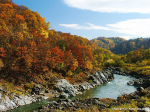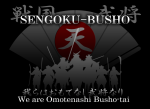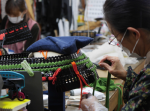
In Travellers’ Footsteps on Ancient Cobblestone Roads – A Distant Edo Journey Following the Hakone Hachiri Route
Story Outline:
The Tokaido Hakone Hachiri is a route that runs East to West straight through the mountains of Hakone and is portrayed in songs and poems as having a harsh environment. This Hakone Hachiri highway was the main trunk route during the Edo Period and the most magnificent cobblestone road in Japan at the time was laid to help with all the traffic that passed through.
Continue reading »
















